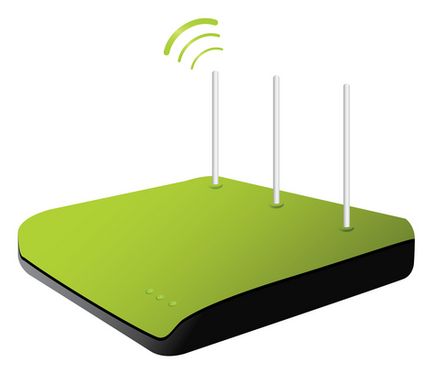Six Critical Router Security Settings You Should Enable Today
Did you know that your router has many useful security features you aren’t probably using? Read this article to discover the key settings that should be enabled the minute you purchase and install a brand new router.
The settings below should be enabled on older routers as well, of course. Especially after you’ve updated their firmware to the latest version, which may have fixed lots of security problems.
Of course, if your router is ancient (as in “more than five years old”) you should consider the option of replacing it with a newer model.
So here’s what you need to do to get the maximum security benefits out of your router.
1. Activate WPA2
WPA2 is the latest and greatest security standard. It’s not impenetrable, of course, but it will keep most villains at bay. If you’re using an older protocol, you are practically inviting hackers into your home network.

You may have heard that WPA is secure enough, but very few people know that WPA uses an insecure stream cipher, which is a part of the very weak WPE protocol. It is true that WPA provides an extra security layer by making use of TKIP, but you want to have a Wi-Fi network that’s as secure as possible, right?
2. Set up a guest network
I know, your visitors want to connect to your Wi-Fi network. Maybe they’re kids and their parents haven’t bought them a cell phone plan that includes Internet access yet.
But if you give your Wi-Fi password away, you’ll either have to live with the idea that you’ve opened your network to hackers, or you’ll have to change the Wi-Fi access password, and then update the password on all your devices.
Fortunately, modern routers allow you to fix this problem easily, by setting up a guest network, a separate Wi-Fi network that will only work for guests. To keep your network 100% secure, you should change the guest network password the minute your guests are out of the door, of course.
3. Diminish the Wi-Fi router power
According to Data Alliance, this step alone can prevent over 90% of the attacks on your network. And their affirmation holds water indeed, because if hackers can’t receive your Wi-Fi signal, they won’t be able to connect to your network.

Some routers even have switches that can set low, medium and high router power signals. Others have this option built into the router’s admin page. No matter how it is implemented, you should only set a signal level that’s enough for all the devices in your home, but can’t be picked up by people outside your house.
4. Activate the router firewall
Newer routers also include a powerful, built-in firewall that can block unwanted Internet traffic in your network. You can also set the applications and processes on your computer that are allowed to access the Internet, of course.
5. Turn on parental controls
Many responsible parents purchase parental control software, but it’s good to know that your router may include this feature as well.
In fact, some clever router manufacturers have even partnered with content filtering providers, thus managing to keep malware and adult content at bay.
6. Enable time-based restrictions
Most people leave their Wi-Fi network active 24 hours a day. Don’t be like them; set up a schedule that gives you access to the Internet when you need it, and shuts down your network while you are sleeping and when you are at work, for example.
As an added bonus, if you do this you’ll prevent your kids from browsing the Internet late in the night.
I hope that you like these tips. It won’t cost you a dime to implement them, and the entire process shouldn’t take you more than 10…20 minutes. So go and make these changes right now; I guarantee that the security of your Wi-Fi network will significantly improve.


